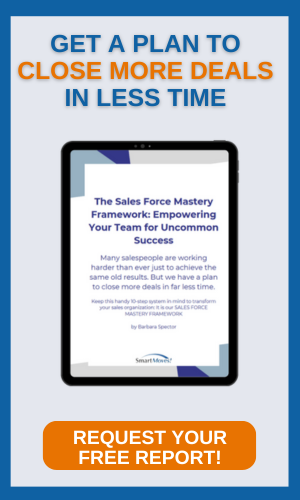 (excerpted from Harvard Business Review blog by Marshall Goldsmith)
(excerpted from Harvard Business Review blog by Marshall Goldsmith)
Succession planning is often misunderstood or undervalued in the
workplace. A research poll from SHRM found that only 23 percent of
organizations have a formal succession plan and 38 percent have some informal
planning in place. These numbers are low compared to just how important
succession planning is to an organization’s success. The research also found
that larger organizations (with 2,500 employees or more) are much more likely to
have succession plans.
Whether you’re a large corporation or small business, the economy is
constantly changing and unpredictable. You never know when employees may leave
or retire, and you’re faced with vacant job positions that are critical to your
organization’s function. So, you need to be prepared! An effective succession
plan benefits the organization and its employees in many ways, such as:
identifying the current and future needs of the organization, identifying top
performers and leaders, and assisting in employee development.
An article from Harvard Business Review even says to “change
the name from succession planning to succession development.” Effective
succession planning helps organizations develop their internal talent in areas
that will prepare them to succeed in higher-level and leadership positions. A
great leader needs to be able to work effectively with people and make
successful transitions to higher levels of responsibility and accountability.
Succession planning will identify the people who are capable of leadership and
identify the areas one needs to develop to become successful.
The heart of succession planning is the evaluation of employees’ performance
and potential. In doing this, you must ask these two questions:
1. How is the employee being perceived?
When evaluating and assessing employees, it’s important to know how they interact with others. Do they
demonstrate leadership skills and confidence in the workplace? To gain this valuable information, it’s important to look at employees through the eyes of their coworkers and leaders who they interact with on a day-to-day basis. That’s where assessments, like the CheckPoint 360°™, can help. 360-degree assessments evaluate a person’s leadership performance and potential with direct feedback from peers,
supervisors and even customers.
2. What are the employee’s unique characteristics?
When looking at an employee’s performance and potential, you need to take into account what job
positions and responsibilities will be the best fit. To determine this, you need to know your employees’ behaviors, motivations, interests and values. What makes them tick? Will they be capable of working under more pressure? To gather this data objectively, you can use full-person assessments. For example, the ProfileXT® measures over 20 performance factors including behavioral tendencies, thinking and reasoning skills, aptitude and interests. The assessment results then indicate how strongly an employee matches different job positions and identifies areas he or she needs to develop to become successful.
Blending together the CheckPoint 360°™ and the ProfileXT™ gives organizations the data needed to form highly effective succession plans.





